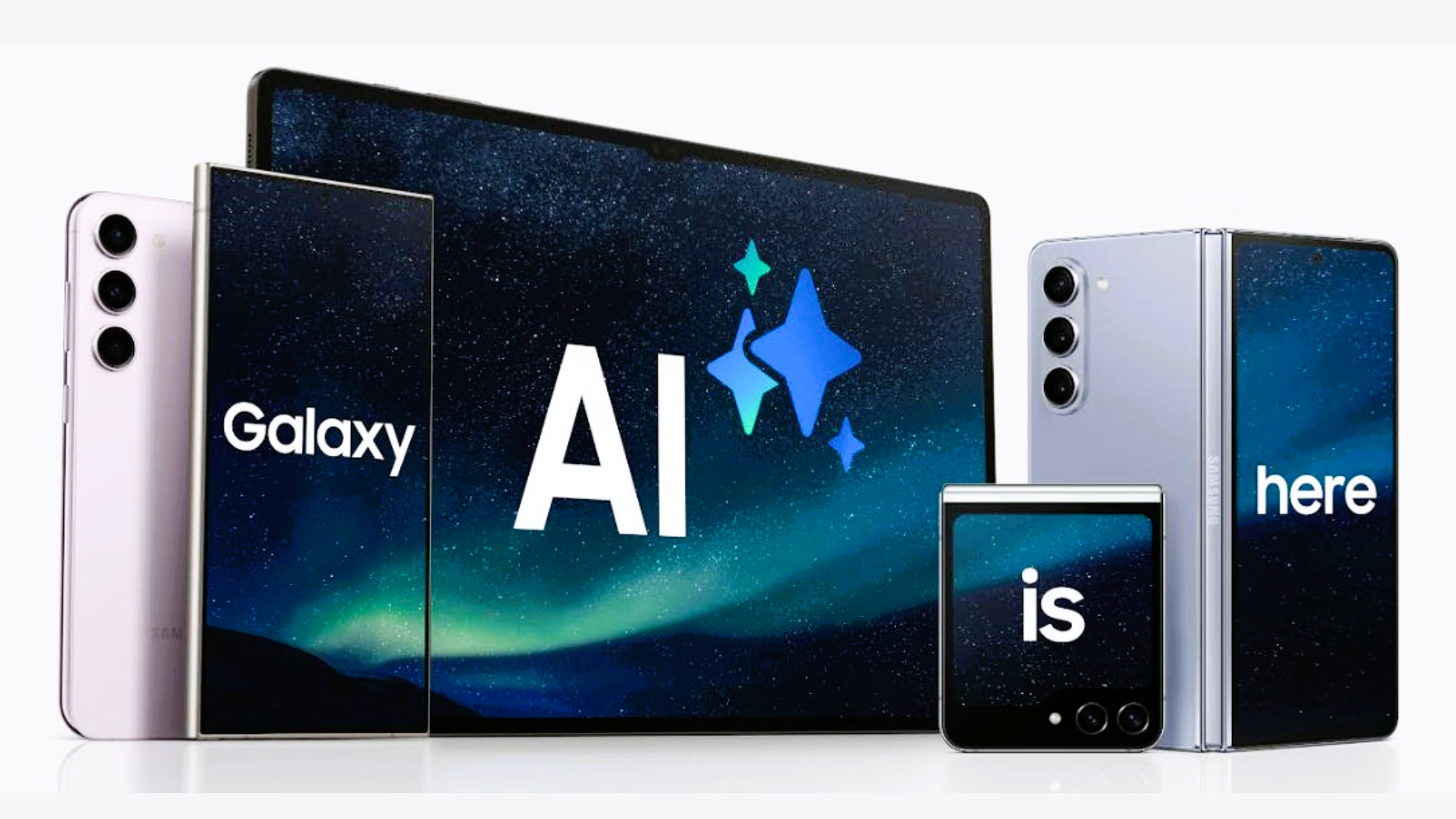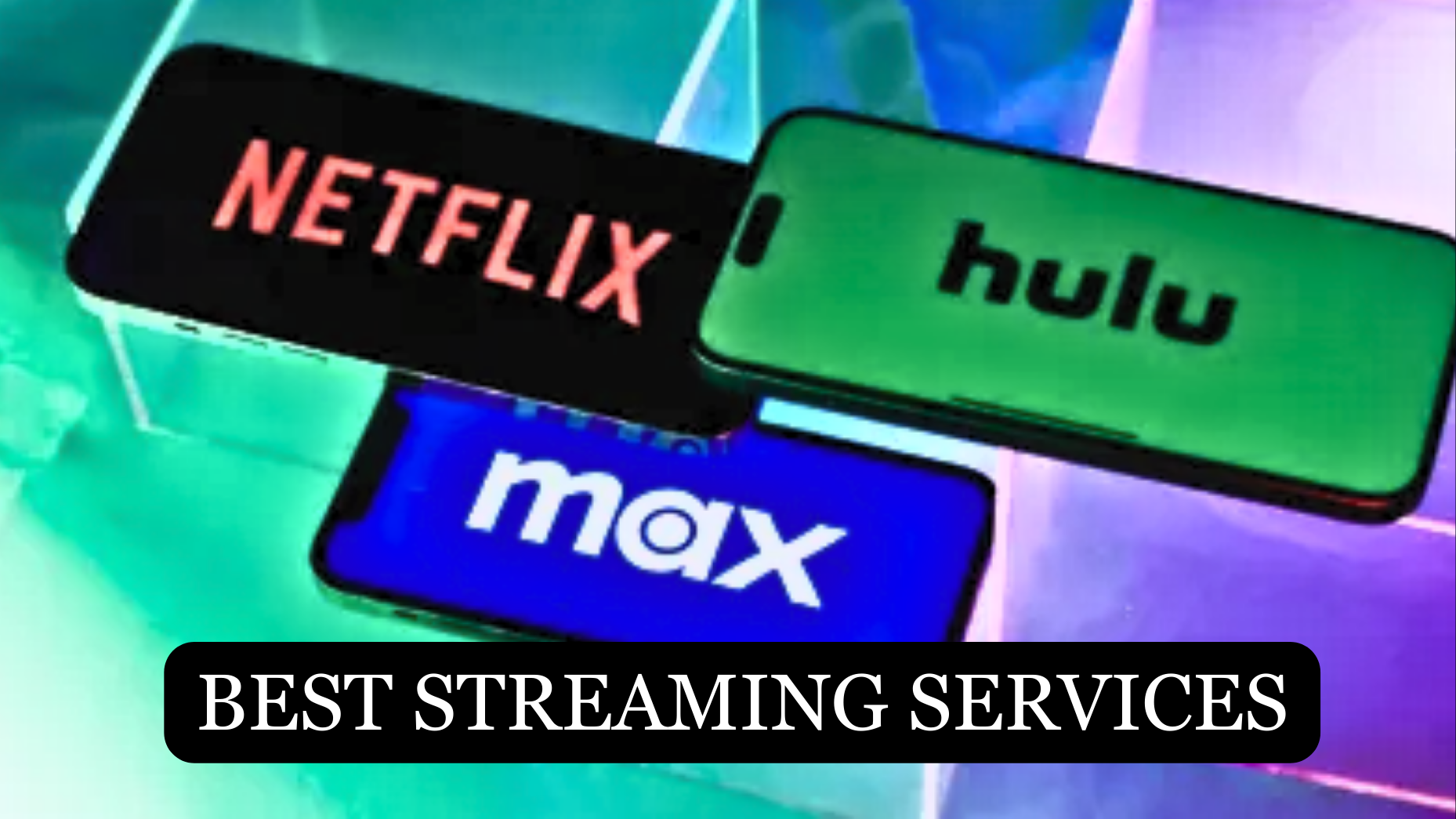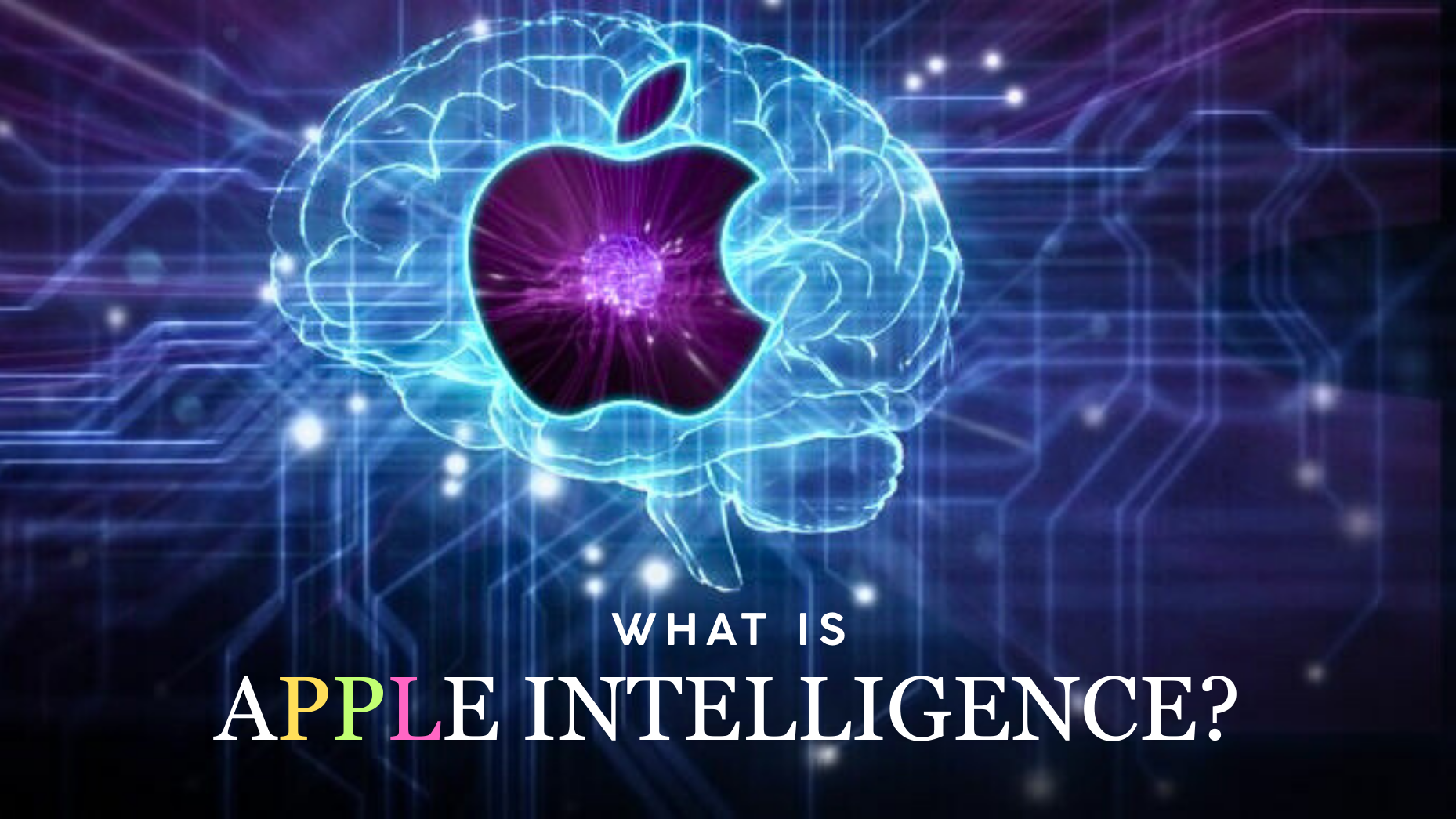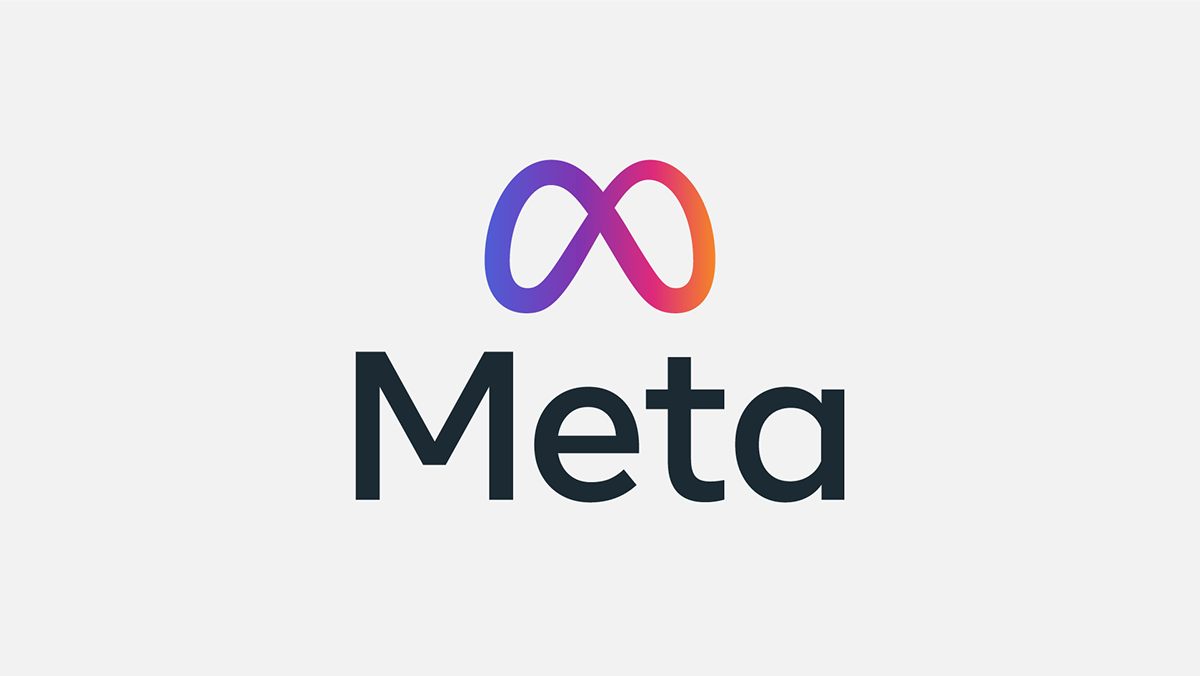Technology has revolutionized many aspects of our lives, including how we learn. Today, students and lifelong learners can leverage a wide array of digital tools to enhance their education, making it more accessible, interactive, and personalized. Whether you’re a student seeking to improve your academic performance or an adult looking to acquire new skills, knowing how to effectively use technology for learning is essential. In this article, we’ll explore various ways to integrate technology into your educational experience.
1. Online Learning Platforms
One of the most significant advancements in education brought by technology is the rise of online learning platforms. These platforms provide access to courses from world-class universities and institutions, allowing anyone to learn from anywhere at their own pace.
Examples of Popular Platforms
- Coursera: Offers courses from universities like Stanford, MIT, and Yale. It provides free courses as well as paid options that offer certifications and even full degrees.
- edX: Similar to Coursera, edX also partners with prestigious institutions to offer a wide range of subjects. It’s known for its collaboration with Harvard and MIT.
- Udemy: Udemy offers more practical, skill-based courses created by industry professionals. It is a great platform for learning coding, graphic design, marketing, and more.
Advantages of Online Learning Platforms
- Flexibility: These platforms allow you to learn at your own pace and according to your schedule.
- Diverse Subjects: You can find courses on almost any subject, from academic disciplines to vocational skills.
- Cost-Effective: Many courses are free, and paid courses are often significantly cheaper than traditional educational routes.
2. Educational Apps
Mobile applications have transformed the way people learn by making education accessible on smartphones and tablets. Educational apps are available for a wide range of subjects, and they often make learning fun through gamification.
Notable Educational Apps
- Duolingo: This app is one of the most popular for learning new languages. It uses gamification techniques to keep users engaged while they progress through language lessons.
- Khan Academy: Khan Academy provides free lessons in math, science, economics, and more. It is particularly helpful for K-12 students but also offers content useful for adults.
- Quizlet: Quizlet is a flashcard-based app that helps users study various subjects by creating their own flashcards or using sets created by others.
Benefits of Educational Apps
- Portability: You can learn anytime, anywhere, whether you’re on the bus or waiting for an appointment.
- Engagement: Many educational apps use interactive features like quizzes and games to make learning more enjoyable.
- Customizable Learning: You can often tailor lessons to your specific needs or weaknesses, allowing for a personalized learning experience.
3. Digital Note-Taking Tools
Taking notes is an essential part of the learning process. With digital note-taking tools, you can improve both the organization and retention of information. These tools offer features like handwriting recognition, multimedia integration, and cloud storage that traditional pen-and-paper notes can’t match.
Popular Digital Note-Taking Tools
- Evernote: Evernote allows users to take notes, clip web articles, and even add multimedia like images and audio to their notes. Its tagging and search functionalities make it easy to find specific information later.
- Microsoft OneNote: Part of Microsoft’s Office suite, OneNote offers a flexible space for digital note-taking. It integrates well with other Microsoft services, and users can collaborate in real-time on shared notebooks.
- Notion: Notion combines note-taking with task management, offering an all-in-one workspace for students and professionals alike. You can create to-do lists, manage projects, and store detailed notes in one platform.
Why Use Digital Notes?
- Organization: Digital notes can be easily categorized, tagged, and searched, making information retrieval fast and efficient.
- Multimedia: Unlike traditional notes, digital notes can include images, links, and audio, making them more dynamic and helpful for revisiting concepts.
- Collaboration: Many tools allow for sharing and collaborative editing, which can be highly beneficial for group projects or study groups.
4. Video Resources
Video content has become one of the most engaging forms of learning in recent years. Whether you’re watching tutorials, lectures, or documentaries, video resources provide a rich learning experience that can be more engaging than reading alone.
Platforms for Video Learning
- YouTube: While often associated with entertainment, YouTube is also a treasure trove of educational content. Channels like TED-Ed, CrashCourse, and Veritasium offer high-quality educational videos on a variety of subjects.
- Skillshare: A subscription-based platform, Skillshare offers thousands of video tutorials on creative and practical skills, including photography, writing, and web development.
- Lynda/LinkedIn Learning: Focused on professional development, this platform offers video-based courses on topics such as leadership, project management, and software skills.
Benefits of Video-Based Learning
- Visual Learning: Videos often provide visual aids, such as diagrams and demonstrations, that can make complex concepts easier to understand.
- Accessible Anytime: You can pause, rewind, and rewatch videos as many times as needed to fully grasp the material.
- Engagement: Videos tend to be more engaging, especially for visual learners who may struggle with text-heavy materials.
5. Interactive Simulations and Virtual Labs
Interactive simulations and virtual labs provide hands-on learning experiences in subjects like science, engineering, and mathematics. They allow learners to experiment in a risk-free environment, testing out concepts without the need for physical equipment or materials.
Examples of Virtual Labs
- PhET Interactive Simulations: Developed by the University of Colorado, PhET offers free science and math simulations that are used by teachers and students worldwide.
- Labster: Labster provides virtual lab simulations for biology, chemistry, and physics. These simulations can be integrated into courses or used as standalone learning tools.
Why Use Virtual Labs?
- Safety: Learners can experiment without the risks associated with real-life labs, such as chemical spills or equipment failure.
- Cost-Effective: Virtual labs eliminate the need for expensive materials and equipment.
- Accessibility: These tools make lab-based learning accessible to students who may not have access to a physical laboratory.
6. Digital Collaboration Tools
Collaboration is a key part of the learning process, especially for group projects or study sessions. Digital collaboration tools make it easier for learners to communicate and work together, regardless of their physical location.
Common Collaboration Tools
- Google Workspace: Google Docs, Sheets, and Slides allow users to collaborate in real-time on documents, spreadsheets, and presentations. These tools are free and widely used in both educational and professional settings.
- Slack: Originally designed for workplace communication, Slack is also great for study groups. Its channels and direct messaging features make it easy to share resources and communicate effectively.
- Trello: Trello is a project management tool that allows groups to organize tasks and collaborate on shared projects. It is useful for managing group work and keeping everyone on the same page.
Advantages of Digital Collaboration
- Real-Time Communication: These tools allow for real-time discussions, document sharing, and project updates.
- Task Management: Tools like Trello make it easy to assign tasks, set deadlines, and track progress.
- Remote Learning: Whether you’re part of an online class or working with a group remotely, these tools make it easier to stay connected and productive.
7. Artificial Intelligence and Personalized Learning
Artificial intelligence (AI) is transforming education by providing personalized learning experiences. AI-driven tools can adapt to the individual needs of students, offering customized lessons, quizzes, and feedback based on their progress and learning style.
AI-Powered Learning Tools
- Knewton: Knewton uses AI to adapt lessons and assessments to individual learners. It identifies knowledge gaps and adjusts the content accordingly.
- Smart Learning with AI Tutors: Some platforms, like Squirrel AI, provide intelligent tutoring systems that use algorithms to deliver personalized lessons and exercises to students.
Benefits of AI in Education
- Personalized Learning: AI can tailor content to suit the learner’s pace, strengths, and weaknesses.
- Immediate Feedback: AI-powered tools often provide instant feedback, helping students to correct mistakes and improve faster.
- Efficiency: By automating administrative tasks, AI allows teachers and tutors to focus more on student engagement and personalized instruction.
Conclusion
Technology offers countless opportunities to enhance your learning experience, whether through online platforms, educational apps, video content, or AI-driven personalized learning. By integrating these tools into your educational journey, you can make learning more flexible, engaging, and effective. Embracing these technological advancements will not only help you gain new skills but also prepare you for a future in an increasingly digital world.














Leave a Reply